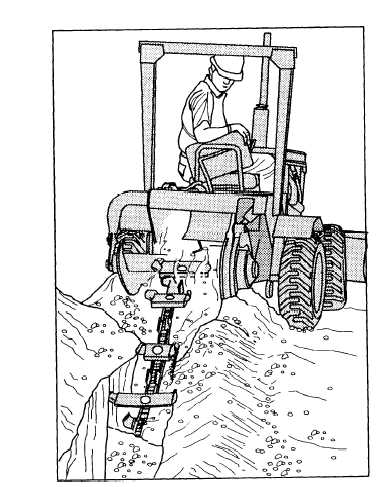Table 9-1.—Crawler Ditcher Maximum Trenching Rates
Figure 9-69.—Chain ditcher.
The guideline should be established at a height that
will put it at least a few inches above the ground at all
points, stakes driven along it, and the exact height or
depth of the cut marked. Then a string line is stretched
along the stakes on these markings.
A rigid bar is fastened to the front of the power unit
of the ditcher with one end over the string when the
ditcher is centered on the ditch line. A plumb bob or
other weight is fastened to the bar, so it hangs directly
over the string. The operator can then keep the machine
on center of the trench, cut by keeping the plumb
bob just over the string. If the ground is irregular and
causes the ditcher to go up and down, the cord holding
the plumb bob can be run through eyes or pulleys, so
the operator can reach an end of the cord to raise and
lower it.
The same device (plumb bob or other weight) can
be fastened on the side beam of the boom or wheel with
a fixed length of string to control the depth of cut and
center line travel of the ditcher.
9-33
Cutting Curves
The radius of a curve cut while excavating a trench
with the ditcher depends mainly on the density of the
soil excavated. In sandy or loose soil, the radius can be
much less than in hard, compacted, and rocky soil. The
turn for the ditcher should be made cautiously at a slow
digging speed and only to where the boom starts binding
between the trench walls.
Muddy Trenching
The two major problems when trenching in muddy
materials are loss of traction and a buildup of material
in the buckets. The traction can be increased by putting
planking under the tracks or by adding wider crawler
pads. To cope with material sticking to the teeth and
buckets, you can run the digging chain faster, so the
material will not be forced into the cut. In this way, you
do not force and pack wet, sticky material into the bucket
and between the teeth; otherwise, the material in the
bucket gets stuck and cannot empty completely.
Transporting
A ditcher is slow and must be hauled between
jobsites. It must be loaded and unloaded safely and
properly. The design of the ditcher requires that it be
used on a smooth, gradual incline. When loading on a
tilt-bed trailer, you must be careful; the sharp incline of
the trailer could make the ditcher hang up. Additionally,
the smooth tracks of the ditcher tend to slip.




